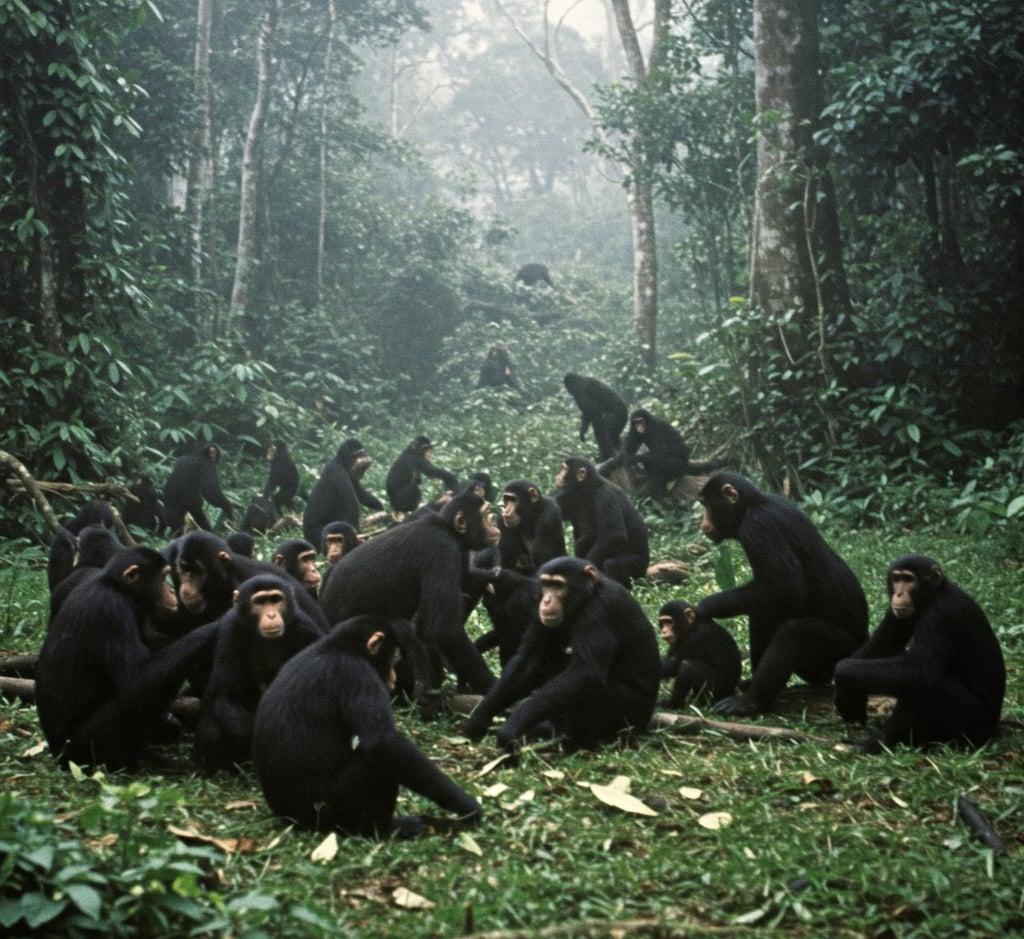Dunbar's Number
Spoiler, it's around 150 people.
TOOLSPSYCHOLOGY
6/17/20251 min read


Dunbar's number, proposed by British anthropologist Robin Dunbar, suggests a cognitive limit on the number of people with whom individuals can maintain stable social relationships – where one knows who each person is and how they relate to others. This number, often cited around 150, was derived from Dunbar's research correlating primate brain size, particularly the neocortex, with their typical social group size and then extrapolating this relationship to humans based on average human brain size.
This concept has implications for business and organizational design:
Team Size: It suggests that optimal team sizes may be around 150 members or smaller for effective communication, trust, and collaboration without excessive formal rules.
Organizational Structure: It can inform the design of flatter organizational structures or the breaking down of larger organizations into smaller, more manageable units (like departments or teams) to maintain cohesion.
Leadership and Management: Leaders can leverage the Dunbar number by focusing on building strong, personal relationships within their core teams and understanding that managing larger groups effectively may require different strategies, including delegating leadership and establishing clear processes.
Community Building: It highlights the natural limits to network size and can guide efforts in fostering a sense of community within organizations by creating smaller, more intimate groups or designing communication strategies that facilitate deeper connections within the 150-person range.
While Dunbar's number is not a rigid rule and has been subject to debate, it provides a valuable framework for considering the impact of human social cognitive limits on organizational scale, communication, and effectiveness.